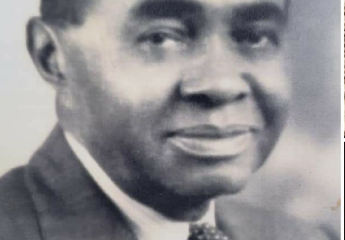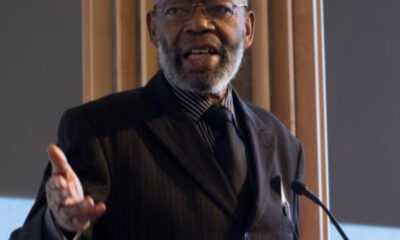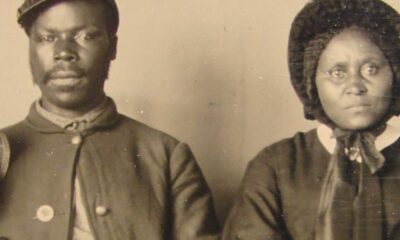Black History
There Are Numerous Ways To Preserve African American Landmarks
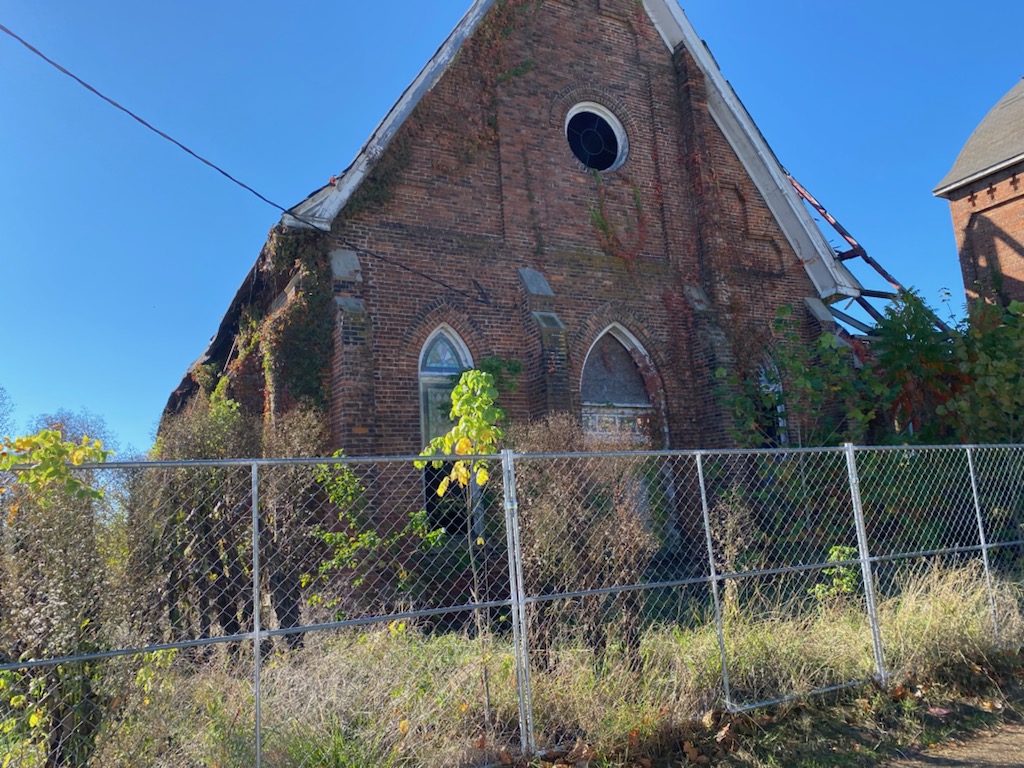
Townspeople recall the strong storm that shook the historic Centennial church in West Helena, Arkansas, down to the rafters.
“It had lots of structure before the big tornado,” recalls one of the longtime residents. “I love vintage. It’s a good conversation piece.”
A 2009 article in Smithsonian Magazine traced the church’s origins, explaining: “In 1905 the Reverend Elias Camp Morris and self-taught architect Henry James Price, both of whom had been born in Slavery, built the Centennial Baptist Church … Its Gothic Revival style stood out in the small, delta neighborhood; the building featured square towers with brick corbelling, double-hung lancet windows and a gabled roof. In the years that followed, Centennial emerged as a center of leadership and a beacon of pride for the African American community. It hosted civil rights leaders Booker T. Washington and W.E.B. DuBois, entrepreneur Madam C.J. Walker…”
in 2009 when the article was written, Centennial was boarded up and Phyllis Hammonds whose family attended the church for decades had organized efforts to revitalize the church. But those efforts failed and the church remains in a state of disrepair with the history of a prominent African American minister and leader and the church he led in jeopardy of being lost.
Unfortunately, Centennial Church is not the only august landmark in danger.
The Trust for Public Land is dedicated to “land protection and historic preservation” relevant to the African American narrative. It has already assisted with the restoration of 15 parks honoring Black history. The National Register of Historic Places is charged with designating famous and infamous landmarks with its stamp of relevance, but only 2% of the sites are connected to the Black experience. Currently TPL is involved in work in Nicodemus, Kansas, a midwest town founded by African Americans.
Brent Leggs, who serves as the executive director of the African American Cultural Heritage Action Fund and a member of TPL’s Black History and Culture Advisory Board, says, America honors its history with “forms that represent the best in human experience.”
He writes on TPL’s website why it is important to “tell stories and preserve places that go beyond the stereotypical Black narrative that’s often rooted in slavery or pain or trauma.”
Leggs expounds on the organization’s goal to preserve historic places noted for stories of resistance, self-determination, and agency.
Centennial’s Rev. Morris — born a slave — is an inspiring example of the strength and courage displayed by Black Americans throughout the nation’s history.
At the Delta Cultural Center in West Helena, an exhibit featuring the area’s history highlights Centennial Church and Rev. Morris pointed to churches as “critical social institutions in black communities” — an observation borne out more than a century later by TPL’s mission to ensure sites of African American accomplishment are honored.

-

 Featured10 months ago
Featured10 months agoCalifornia Is the First State to Create A Public Alert for Missing Black Youth
-
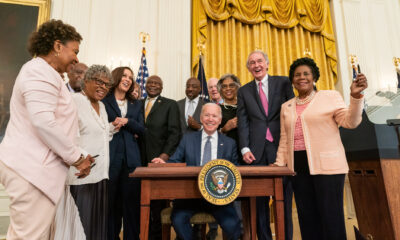
 Featured9 months ago
Featured9 months agoAfrican American Leaders Stay the Course Amid Calls for President Biden To Bow Out of Race
-

 Featured10 months ago
Featured10 months agoThe Debate Fallout Lands on Both Candidates
-

 Featured9 months ago
Featured9 months agoPresident Joe Biden Decides to Withdraw from the Presidential Race
-

 Featured9 months ago
Featured9 months agoIn One of His Final Speeches as President, Biden Says It’s Time for ‘Fresh Voices’
-

 Featured9 months ago
Featured9 months agoPresident Joe Biden Describes Shooting of Donald Trump As ‘Sick’


